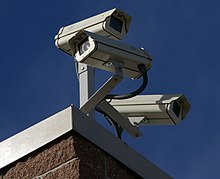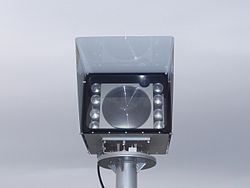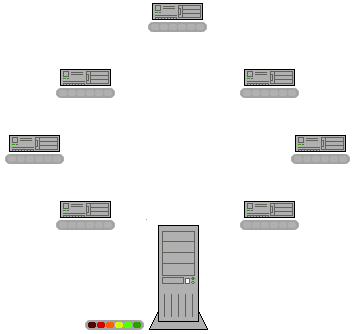Earth Simulator
The Earth Simulator (ES), developed by the Japanese government's initiative "Earth Simulator Project", was a highly parallel vector supercomputer system for running global climate models to evaluate the effects of global warming and problems in solid earth geophysics. The system was developed for Japan Aerospace Exploration Agency, Japan Atomic Energy Research Institute, and Japan Marine Science and Technology Center in 1997. Construction started in October 1999, and the site officially opened on March 11, 2002. The project cost 60 billion yen.

Built by NEC, ES was based on their SX-6 architecture. It consisted of 640 nodes with eight vector processors and 16 gibibytes of computer memory at each node, for a total of 5120 processors and 10 terabytes of memory. Two nodes were installed per 1 metre x 1.4 metre x 2 metre cabinet. Each cabinet consumed 20 kW of power. The system had 700 terabytes of disk storage (450 for the system and 250 for the users) and 1.6 petabytes of mass storage in tape drives. It was able to run holistic simulations of global climate in both the atmosphere and the oceans down to a resolution of 10 km. Its performance on the LINPACK benchmark was 35.86 TFLOPS, which was almost five times faster than ASCI White.
Reference material
















